Fujita Museum, Osaka | Art Museum Guide

Source: Akihito Yoshida, Fujita Museum, Google Maps, https://maps.app.goo.gl/h8Urh4vTNxUkiSX29
Nestled in the culturally rich Tennoji district, the art museum, Fujita Museum, Osaka offers an intimate and refined exploration of Japanese and East Asian art. Founded in 1954 by Denzaburo Fujita, a prominent businessman and avid art collector, the museum was built to preserve and share his extensive private collection with the public. The Fujita Museum is home to over 5,000 artifacts, including ancient ceramics, calligraphy, Buddhist sculptures, and rare tea ceremony implements.
What distinguishes the Fujita Museum is not only the depth of its holdings but also its tranquil setting, which includes a beautifully landscaped Japanese garden. The museum’s architecture and interior design evoke a sense of tradition and calm, making it a favored destination for art lovers seeking a contemplative experience. Visitors can admire designated National Treasures and Important Cultural Properties, many of which are rarely seen outside of Japan.
Following major renovations, the museum now incorporates modern exhibition facilities while preserving its classic ambiance. As one of Osaka’s most respected cultural institutions, the art museum, Fujita Museum, Osaka offers a unique perspective on Japan’s artistic legacy, attracting both international tourists and local scholars alike.
Founded By A Prominent Industrialist
The art museum, Fujita Museum, Osaka traces its origins to Denzaburo Fujita (1841–1912), a pioneering figure in Japanese industry during the Meiji era. As the founder of the Fujita zaibatsu, one of Japan’s earliest business conglomerates, he played a significant role in the modernization of Japan’s economy. Beyond his industrial achievements, Denzaburo was deeply committed to cultural preservation. Over several decades, he assembled a vast and carefully curated collection of Japanese and East Asian art.
Denzaburo’s passion for art collecting was driven by a desire to safeguard Japan’s cultural treasures during a time of rapid Westernization and societal change. His acquisitions included masterful examples of Buddhist sculpture, Chinese bronzes, ancient ceramics, and precious tea ceremony artifacts. By the early 20th century, his collection had gained national prominence for its quality and historical value.
In 1954, decades after his passing, the Fujita family officially established the museum to honor his legacy and share the collection with the public. The original museum building was situated on the family estate in Osaka, providing an authentic and elegant backdrop for the artworks. Today, the art museum, Fujita Museum, Osaka remains a lasting tribute to Denzaburo’s vision, reflecting both his refined aesthetic sensibilities and his enduring contribution to Japanese cultural heritage. His role as a patron of the arts continues to be celebrated through the museum’s exhibitions and educational programs, which attract both local visitors and international scholars alike.
Holds A Notable Collection Of Asian Art
The art museum, Fujita Museum, Osaka is widely acclaimed for its exceptional collection of East Asian art, comprising more than 5,000 individual works. This impressive assembly of objects spans centuries of artistic and cultural development, with a strong focus on Japanese and Chinese heritage. Visitors to the museum can explore a curated selection of calligraphy, Buddhist sculptures, ceramics, paintings, and ritual objects, each carefully preserved and thoughtfully presented.
One of the most striking aspects of the collection is its emphasis on works related to the Japanese tea ceremony. These include rare tea bowls, lacquerware, hanging scrolls, and incense containers, many of which were once used by prominent tea masters. The museum’s tea utensils are not merely utilitarian—they embody the aesthetic ideals of wabi-sabi and reflect the spiritual dimensions of this traditional practice.
Chinese bronzes from ancient dynasties are another highlight, offering insight into early East Asian craftsmanship and belief systems. Delicate ink paintings, refined Nara and Heian-period sculptures, and elegantly inscribed manuscripts round out the collection. Many of these artifacts hold official designations as Important Cultural Properties or National Treasures.
Through its vast holdings, the art museum, Fujita Museum, Osaka presents a rich and layered narrative of East Asian artistic achievement. Whether you are an art historian or a curious traveler, the museum provides a rare opportunity to witness masterpieces that span religious, ceremonial, and everyday artistic practices across centuries.
Emphasizes The Tea Ceremony Tradition
One of the defining features of the art museum, Fujita Museum, Osaka is its deep reverence for the Japanese tea ceremony, a cultural practice that seamlessly merges aesthetics, spirituality, and social ritual. The museum’s collection includes an exceptional range of tea-related objects, many of which were personally curated by Denzaburo Fujita himself. These include tea bowls, kettles, water jars, bamboo ladles, scrolls, and incense containers—each carefully selected for its historical significance and refined craftsmanship.
The artifacts on display highlight the values of wabi-sabi, a Japanese worldview centered on simplicity, imperfection, and transience. The items, often humble in appearance, are celebrated for their tactile beauty and connection to nature. Many pieces were once used by renowned tea masters, connecting contemporary viewers to centuries-old traditions and philosophies.
The museum also presents seasonal exhibitions that explore the changing aesthetics of the tea ceremony throughout the year. Visitors gain insight into the nuanced symbolism embedded in each element of the practice, from the selection of utensils to the choice of accompanying scrolls and floral arrangements.
Through this specialized focus, the art museum, Fujita Museum, Osaka provides more than an art-viewing experience—it becomes a space for understanding Japan’s rich cultural and philosophical history. The tea ceremony collection not only preserves rare objects but also communicates the essence of mindful living and artistic expression through ritual. It remains one of the museum’s most cherished and distinctive curatorial themes.
Features A Serene Japanese Garden
The grounds of the art museum, Fujita Museum, Osaka are graced by a traditional Japanese garden that complements the museum’s quiet elegance and cultural depth. This carefully landscaped space offers visitors a chance to pause, reflect, and engage with nature in a manner consistent with classical Japanese aesthetics. Designed with seasonal variation in mind, the garden features elements such as moss-covered stones, lanterns, water basins, and a koi pond—all arranged to create a sense of balance and harmony.
The garden follows the principles of shakkei (borrowed scenery), incorporating the distant landscape and natural topography to create the illusion of a larger, more expansive setting. Winding paths invite guests to move slowly through the space, encouraging mindful observation of details such as the rustling of bamboo or the subtle colors of autumn leaves.
Many of the garden’s design features are closely linked to the tea ceremony tradition, making it a natural extension of the museum’s interior exhibitions. Tea pavilions and waiting areas blend with the foliage, enhancing the visitor’s immersion into a cultural atmosphere steeped in elegance and tradition.
For those visiting the art museum, Fujita Museum, Osaka, the garden serves as both a visual and emotional respite. It exemplifies the museum’s commitment to preserving not only fine art but also the broader cultural contexts in which such art was created and appreciated. The garden invites visitors to experience Japanese artistry through nature’s quiet language.
Located In Osaka’s Tennoji District
The art museum, Fujita Museum, Osaka enjoys a prime location in the Tennoji district, one of the city’s oldest and most historically rich areas. Nestled near the banks of the Okawa River, the museum is surrounded by serene urban greenery and cultural landmarks, making it an ideal destination for visitors interested in both art and heritage.
Tennoji is known for its blend of traditional and contemporary attractions, including the Shitenno-ji Temple—Japan’s oldest officially administered Buddhist temple—and the modern Abeno Harukas skyscraper. This contrast enhances the visitor experience, allowing for a diverse itinerary of historical, spiritual, and artistic exploration within walking distance.
The museum’s placement within this culturally vibrant district provides a tranquil escape from Osaka’s bustling urban core. With easy access via public transportation, including multiple train and subway lines, reaching the Fujita Museum is both convenient and rewarding for tourists and locals alike.
In addition to its proximity to major attractions, the surrounding environment enhances the contemplative tone of the museum. The quiet riverside and mature trees create a natural buffer, allowing the museum’s Japanese garden and traditional architecture to shine.
For those seeking a peaceful cultural experience in one of Japan’s liveliest cities, the art museum, Fujita Museum, Osaka stands out as a serene and enriching destination. Its location in Tennoji not only adds historical depth to its narrative but also positions it as a meaningful stop within Osaka’s dynamic cultural landscape.
Reopened After Extensive Renovation
In 2017, the art museum, Fujita Museum, Osaka reopened its doors following an extensive renovation that revitalized both its facilities and curatorial approach. The restoration project was initiated to preserve the museum’s architectural integrity while enhancing its ability to protect and display its valuable collection of East Asian art.
One of the primary goals of the renovation was to modernize the exhibition environment without compromising the museum’s traditional ambiance. State-of-the-art climate control systems, improved lighting, and updated security measures were installed to ensure optimal preservation of delicate artifacts such as scrolls, ceramics, and textiles.
Architecturally, the museum retained its original charm by blending classic Japanese design elements with subtle modern enhancements. Natural materials, such as wood and stone, were emphasized to maintain a sense of harmony with the surrounding landscape and garden. At the same time, gallery spaces were reconfigured for better flow and expanded visibility, allowing for more dynamic and engaging exhibitions.
The renovation also included updates to visitor amenities, including a more accessible entrance, improved signage, and upgraded facilities. These changes ensure that all guests—from casual visitors to academic researchers—can navigate and enjoy the museum comfortably.
Today, the art museum, Fujita Museum, Osaka benefits from a renewed sense of purpose and sophistication. The renovation has strengthened its role as a custodian of cultural heritage, while offering a more refined and accessible experience that aligns with international museum standards.
Hosts Special Thematic Exhibitions
The art museum, Fujita Museum, Osaka enriches its annual programming with a dynamic series of special thematic exhibitions. These exhibitions are carefully curated to highlight different aspects of the museum’s extensive collection or to explore broader cultural themes within the realm of East Asian art. By rotating exhibitions seasonally—typically in spring and autumn—the museum offers visitors new and focused experiences with each visit.
Each thematic exhibition is organized around a specific topic, artist, historical period, or cultural practice. Past themes have included the evolution of the tea ceremony, the aesthetics of calligraphy, or the spiritual symbolism of Buddhist statuary. These exhibitions often bring to light lesser-known pieces from the museum’s archive, many of which are rarely displayed to the public due to their fragility or historical importance.
Exhibition design is tailored to foster a contemplative and immersive environment. Carefully arranged lighting, interpretive panels, and bilingual captions guide visitors through the narrative of the theme while preserving the contemplative ambiance for which the museum is known.
In some cases, the art museum, Fujita Museum, Osaka collaborates with other institutions to supplement its exhibitions with loans from public or private collections. These partnerships deepen the academic and cultural context of each show.
By presenting special exhibitions throughout the year, the Fujita Museum maintains an active role in the ongoing appreciation of East Asian art. These rotating showcases ensure that even returning visitors find something new and intellectually engaging each season.
Displays National Treasures And Important Cultural Properties
The art museum, Fujita Museum, Osaka is distinguished by its responsibility for housing some of Japan’s most revered cultural artifacts. Among its vast holdings are several pieces officially designated as National Treasures and Important Cultural Properties by the Japanese government. These designations are reserved for works of exceptional historical, artistic, and cultural value, marking the museum as a premier destination for those seeking to experience Japan’s heritage firsthand.
The National Treasures housed at the museum include masterpieces in calligraphy, religious sculpture, and ceramic artistry. Each artifact not only reflects extraordinary craftsmanship but also serves as a window into the philosophical, spiritual, and artistic ideals of its era. For instance, classical ink scrolls inscribed by Zen monks and delicate tea bowls used by revered tea masters embody both material elegance and intangible cultural wisdom.
Important Cultural Properties further enrich the museum’s displays. These items, though not classified at the National Treasure level, still represent vital expressions of Japanese aesthetic development. From ancient Chinese bronzes to Edo-period paintings, these works capture the transnational flow of ideas and styles across Asia.
Visitors to the art museum, Fujita Museum, Osaka can view these rare and precious objects in carefully controlled environments designed to ensure their preservation. Detailed exhibition notes and bilingual signage help contextualize each piece, enhancing educational engagement.
By safeguarding and exhibiting these nationally recognized works, the Fujita Museum plays a key role in preserving and transmitting Japan’s cultural legacy. The experience of viewing such artifacts offers a profound connection to the past.
Incorporates Traditional Architecture
The art museum, Fujita Museum, Osaka is celebrated not only for its extraordinary art collection but also for its architectural design that harmoniously integrates traditional Japanese aesthetics. The museum’s buildings, originally part of the Fujita family estate, retain many elements of classical Japanese residential architecture, offering visitors a unique cultural atmosphere that enhances the viewing experience.
Wooden beams, tatami-style flooring, sliding shoji screens, and earthen walls reflect a refined simplicity that aligns closely with the wabi-sabi philosophy. These architectural features are not only visually appealing but also serve to emphasize the natural materials and craftsmanship characteristic of Japanese design. The layout encourages a slow, thoughtful progression through the museum, mirroring the meditative qualities of the artworks on display.
Incorporating architectural elements such as covered walkways, interior gardens, and open corridors, the building design fosters a seamless transition between interior spaces and the surrounding natural environment. This indoor-outdoor connection echoes the traditional Japanese approach to space, in which the built environment and landscape are seen as complementary.
Renovations in recent years have preserved these traditional features while introducing subtle enhancements to support modern museum needs. Lighting systems, climate controls, and accessibility improvements have been integrated with great sensitivity to the building’s original character.
For visitors, the art museum, Fujita Museum, Osaka offers more than a conventional gallery experience. Its architectural integrity provides an immersive cultural encounter, where the structure itself becomes a part of the storytelling—reinforcing the themes of harmony, beauty, and tradition throughout the museum journey.
Offers Audio Guides And Multilingual Support
To ensure a welcoming and educational experience for both domestic and international visitors, the art museum, Fujita Museum, Osaka provides comprehensive audio guides and multilingual support. These resources are designed to deepen understanding of the artworks and enhance accessibility across diverse audiences.
The museum’s audio guides are available in multiple languages, including Japanese, English, Chinese, and Korean. These guides offer detailed commentary on key pieces within the collection, providing background on the historical context, artistic techniques, and cultural significance of each work. Narration is clear and thoughtfully paced, allowing visitors to engage with the exhibits at their own comfort and speed.
In addition to audio support, all exhibition panels and labels are presented in bilingual or multilingual formats. This thoughtful inclusion allows non-Japanese-speaking guests to fully appreciate the stories and symbolism behind the artifacts, from delicate tea bowls to monumental religious sculptures.
The museum also provides printed brochures and digital resources, which are updated seasonally to reflect current exhibitions. These materials help guide visitors through the museum’s galleries, gardens, and featured displays while offering additional insight for those interested in deeper study.
By offering robust multilingual services, the art museum, Fujita Museum, Osaka demonstrates its commitment to inclusivity and cultural exchange. These tools make the museum’s vast and nuanced collection accessible to a global audience, encouraging dialogue across languages and borders. For travelers, students, and researchers alike, the support services elevate the museum visit into a more informed and meaningful cultural experience.
Conclusion
The art museum, Fujita Museum, Osaka offers a refined and immersive journey into the world of East Asian art and traditional Japanese culture. With its extraordinary collection, serene garden, and emphasis on the tea ceremony, the museum provides a thoughtful blend of visual beauty and historical depth. Its location in Tennoji and its carefully preserved architecture create a peaceful escape in the heart of the city. Whether you're an art enthusiast, cultural traveler, or curious visitor, the Fujita Museum stands as a meaningful destination that honors Japan’s artistic legacy with grace and quiet elegance.
Let Us Know What You Think!
Every information you read here are written and curated by Kreafolk's team, carefully pieced together with our creative community in mind. Did you enjoy our contents? Leave a comment below and share your thoughts. Cheers to more creative articles and inspirations!


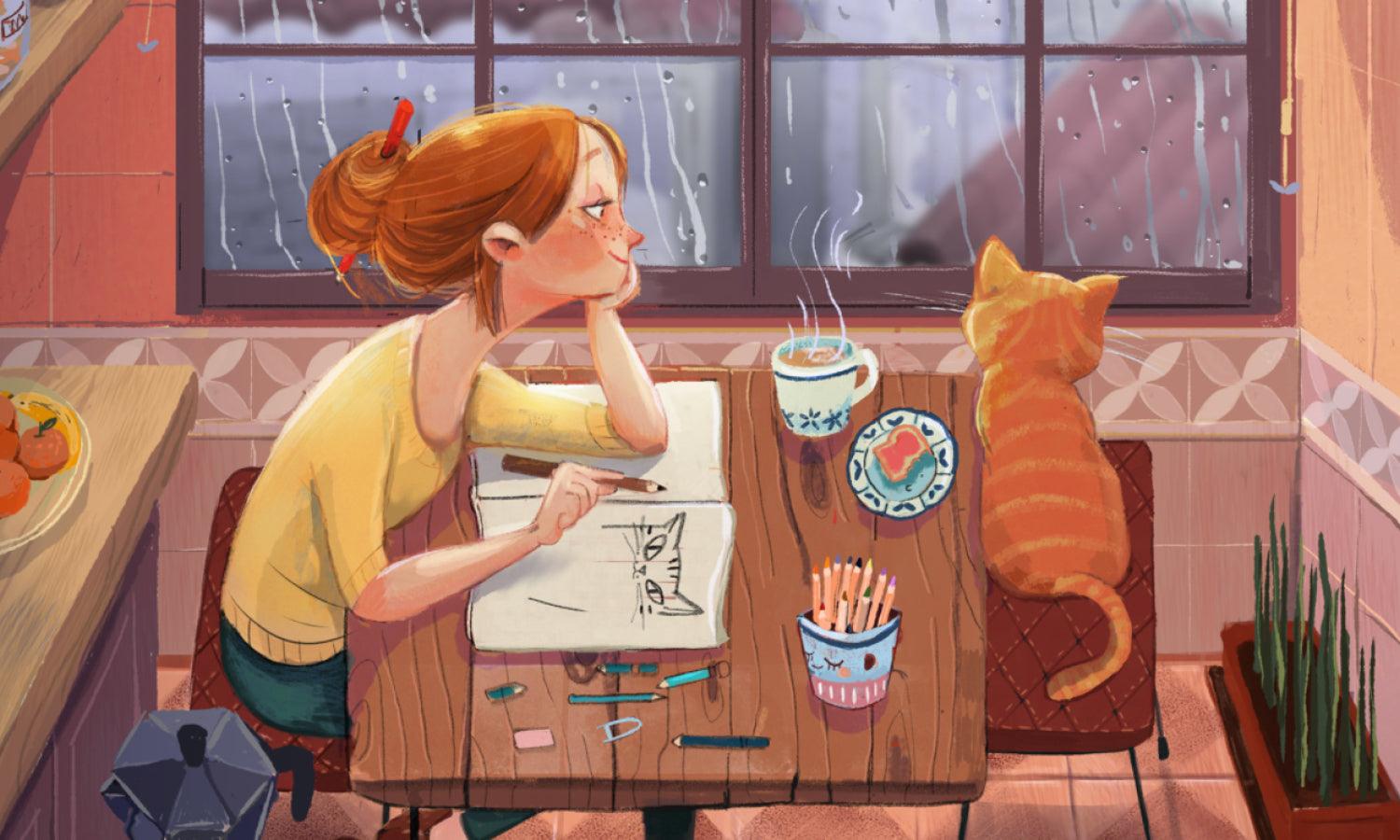
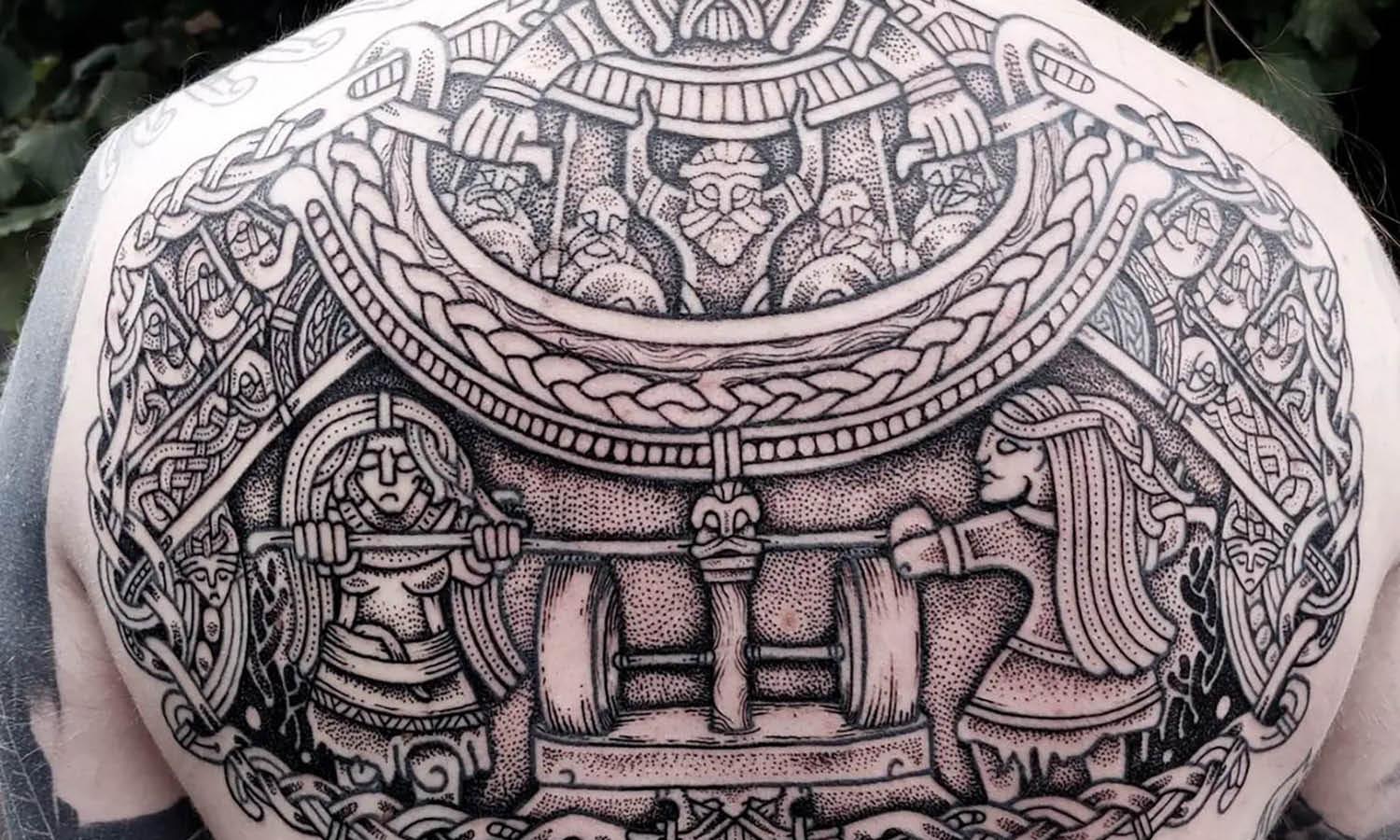
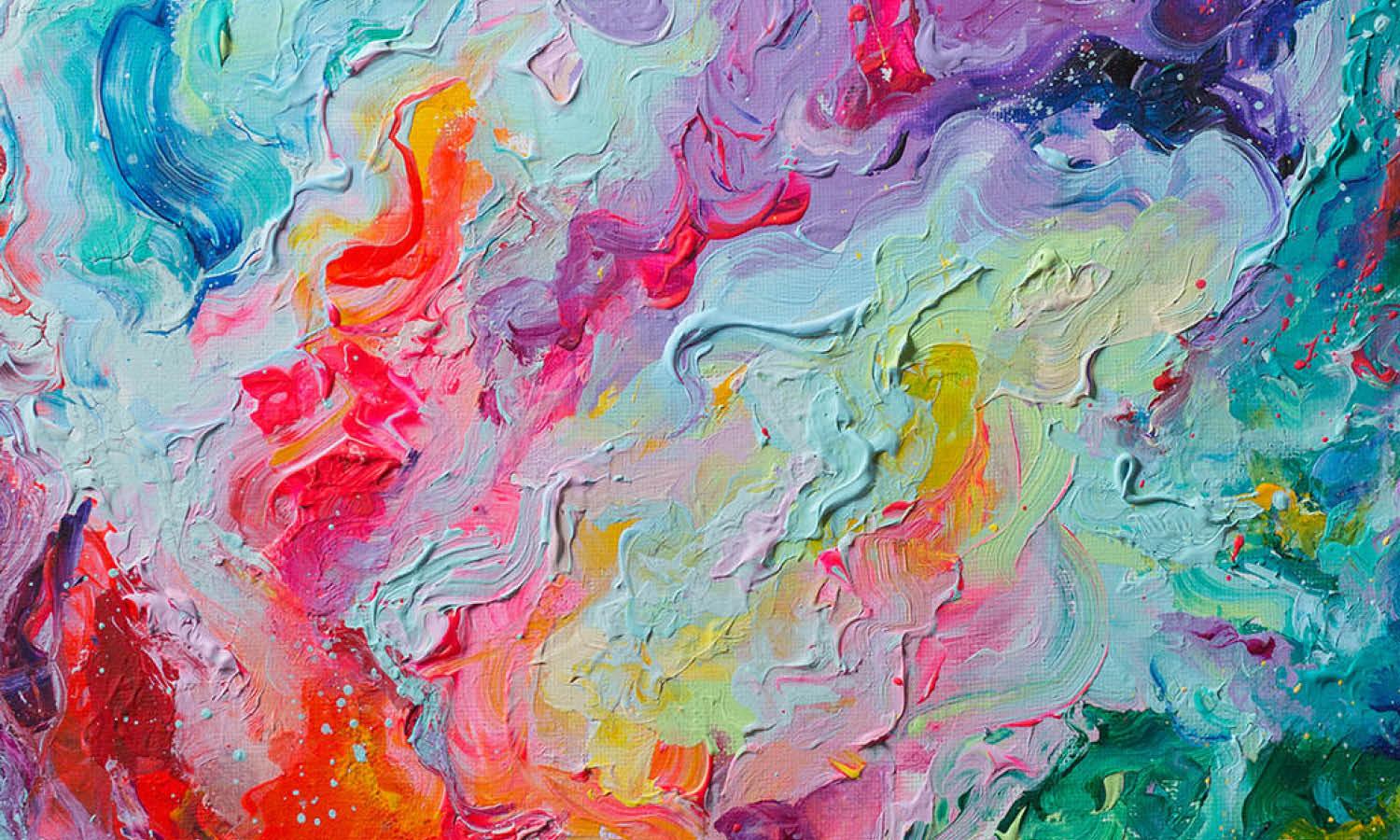
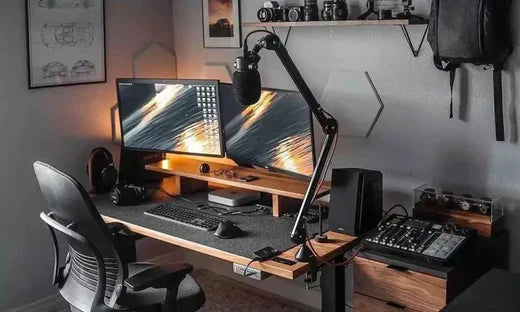


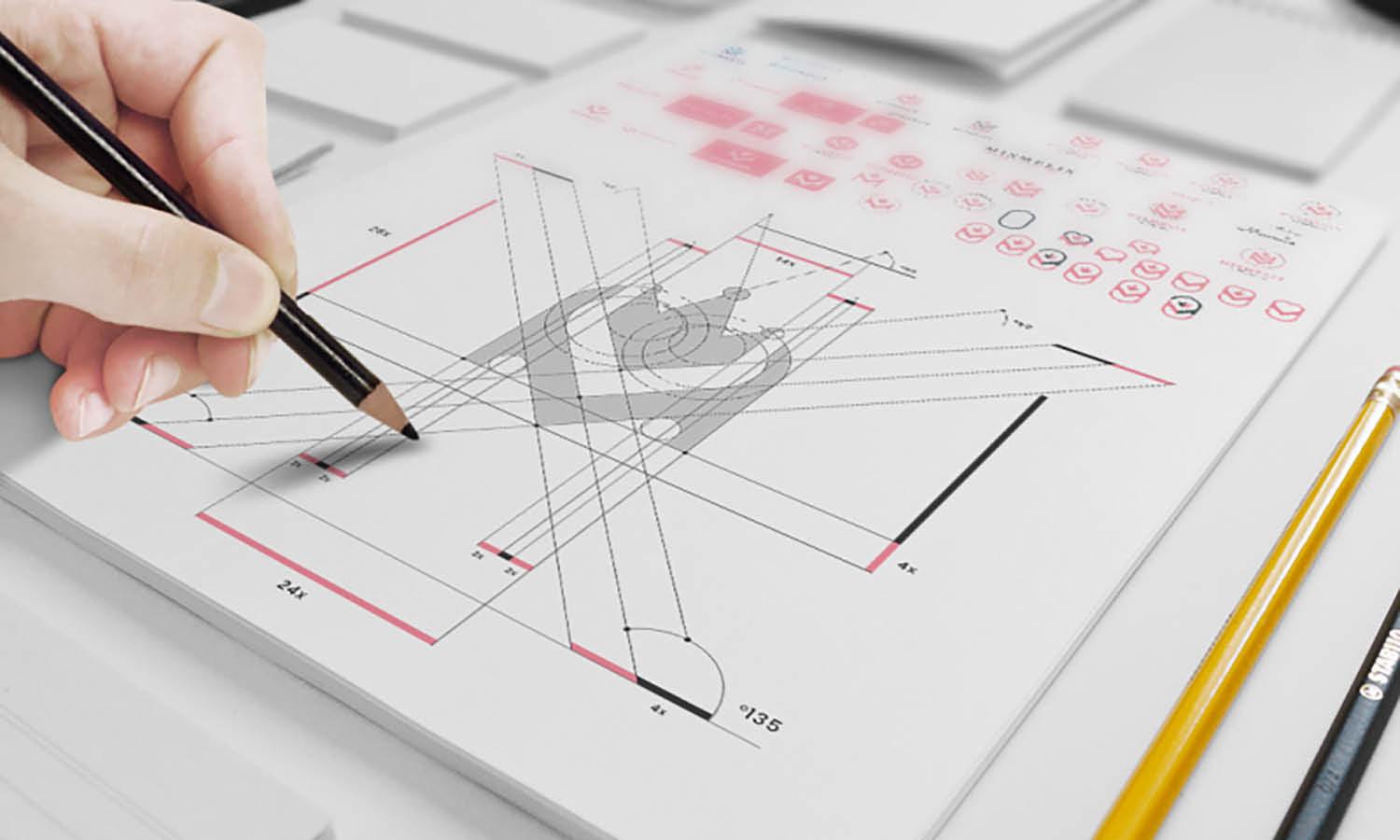







Leave a Comment